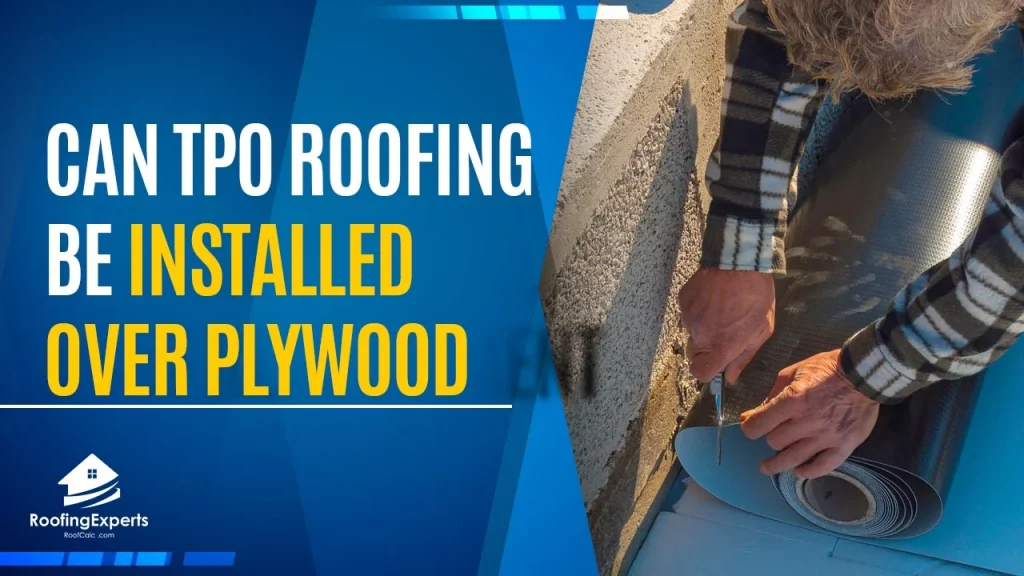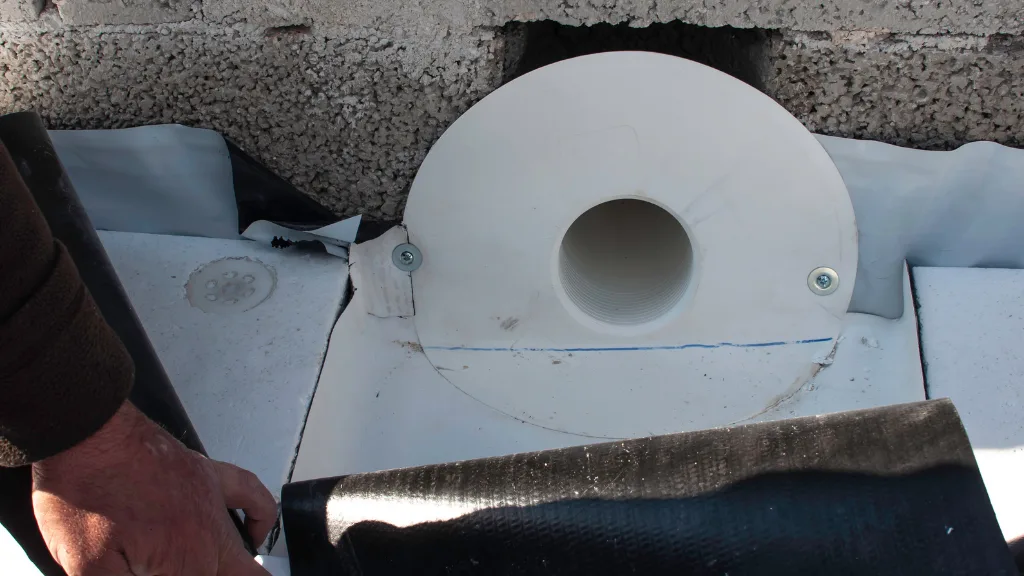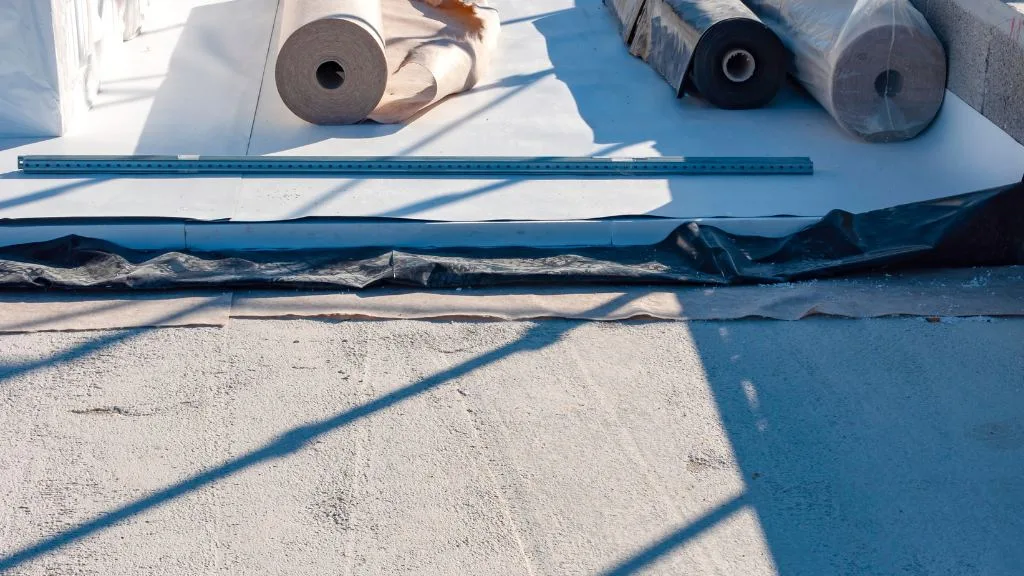
Plywood is a common material in roofing. It’s often used as an underlayment to provide insulation and structural stability.
The question that arises then, is whether or not TPO can be installed over plywood?
This blog post will explore the answer to this question and how it might impact building codes in your area.
The short answer to this question is yes, TPO can be installed over plywood, but there are limitations on what type of plywood you use.
What is TPO Roofing, and what are some of its benefits?
TPO is a single-ply membrane that can be installed over the top of the plywood.
Although there are different types of roofing material, like metal or wood shingle roofs, this type provides an alternative because it’s much cheaper.
The purpose of using TPO is to help the roofing material last longer and not have any problems in a few years.
However, there are still limitations that come with TPO installation over plywood because the material may expand and contract due to temperature changes. Over time, this could create problems.
Plywood is not considered an approved material for TPO installation, but it can be used if the roofing contractor follows specific guidelines to make sure that all safety precautions are taken and there’s no risk of damage to your home or property in any way.

Factors to consider before installing TPO roofing over plywood
There are some other factors that you should keep in mind before going ahead with this process, however.
- TPO has a tendency to hold moisture, which means when it gets too hot or too cold, the moisture will start to affect both your roof and also cause problems with mold.
- This can be remedied by making sure that you have enough ventilation so there’s no buildup of condensation underneath the membrane itself.
- Also, the material is incredibly thin.
- This means that you need to make sure there are no holes in it or any damage can easily go through without being noticed until too late.
- The next factor to consider is that when you put TPO on top of plywood, it’s not going to be as strong or durable in the long run.
- Although it will hold up for a little while with no problems, eventually there may start to be issues where your roofing material starts curling away at the edges and peeling off.
- The last factor to consider is that with TPO, the single ply membrane may start coming off fairly easily once it gets older and starts aging as well due to weather conditions like wind and rain constantly hitting your roofing material hard over time.
Before installing TPO over plywood, consider these factors carefully so your roof will last for longer and be more efficient at keeping out the weather elements while also not being a fire hazard.
TPO is a great option if your main concern is just cost and energy efficiency because of the added benefits that other roofing materials don’t offer.
However, keep in mind there are some drawbacks when going with only a one-ply membrane as opposed to multiple ones built together.
How to put TPO roofing on plywood
Follow these steps to ensure that it’s properly put on top of the plywood:
First Step: is to make sure that your roof can support it.
Whether or not there’s enough weight and strength for TPO material should be determined by a professional because they will know exactly how much pressure each type of roofing material requires.
Second Step: you need to make sure that your roof is clean before the installation begins.
This means clearing out any debris, dirt, or even leaves because it can cause problems with adhesion and create a mess for you later on down the line.
Third Step: check for any joints between different sections of plywood so you have a smooth surface ahead of time.
Make sure that all of your plywood is at least ¾ inches thick because anything less will not be strong enough for TPO material which can weigh up to 70 pounds per square foot.
Fourth Step: apply a primer coat followed by a layer of adhesive which creates the initial bond for this roofing material.
Last step: add the final coat on top of this and let it all dry before you’re able to go back inside your home without worrying about any problems with moisture or condensation underneath the membrane itself.
This usually requires a professional who has done this before. If TPO roofing is applied incorrectly, it could lead to a number of different problems down the line that you don’t want.
You also want to make sure there’s enough adhesive used and that the material is held securely in place with nails or screws so that nothing can rip off after it has been installed.

The Bottom Line
After learning about TPO Roofing being installed over plywood or not, it is important to think of the pros and cons before making a decision.
If you are interested in saving money on your roof replacement costs, then installing TPO Roofs over plywood might be worth considering.
However, if you have just spent a lot of time and energy getting rid of moisture from within your home due to leaking roofs for years that has caused mold growth which can propagate throughout your entire house with one leaky spot-then replacing all wood surfaces inside the attic would be worthwhile rather than spending more money on an expensive product like TPO Roofing.
You should decide what works best for you!

